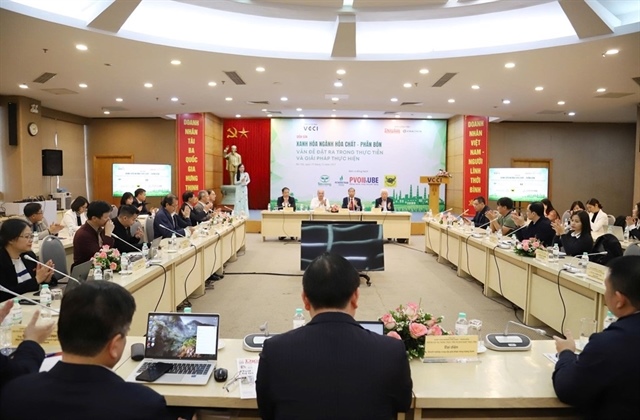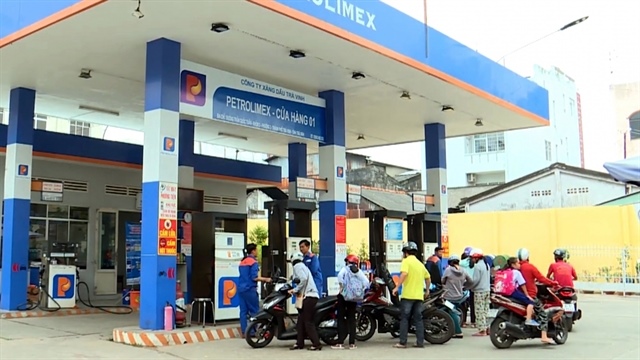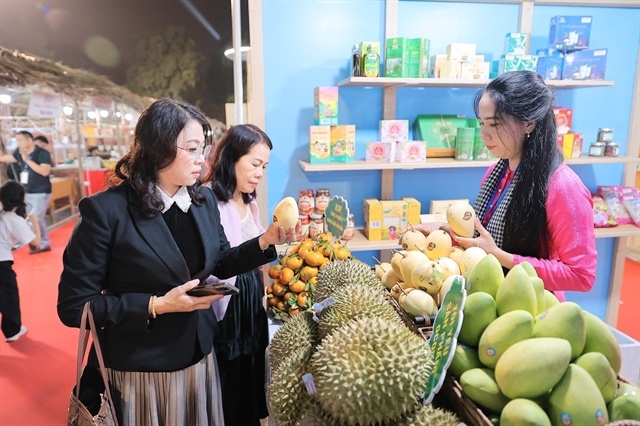VN fertiliser makers fight back
VN fertiliser makers fight back
Vietnamese fertiliser companies are resuming their prominence in the market by increasing exports and reducing dependence on imported fertiliser products.
In the first eight months of this year, imports continued to decline while exports increased in both value and volume, according to a report from the General Statistics Office.
During that period, a total of 2.5 million tonnes of fertiliser were imported, a drop of 4.3 per cent compared to the same period last year. Urea-fertiliser imports saw the biggest decline.
According to the Ministry of Agriculture and Rural Development, in the first eight months, the country spent US$146 million importing nearly 330,000 tonnes of urea fertiliser.
While imports dropped by 42 per cent in volume and 28 per cent in value year-on-year, the amount of fertiliser exports surged in the first eight months.
By the end of August, nearly 900,000 tonnes of fertiliser valued at more than $400 million were exported. That was an increase of 67 per cent in volume and 93 per cent in value, compared to the same period last year.
The Viet Nam Fertiliser Association attributed the situation to higher levels of productivity nationwide.
The association said the country currently has an abundant fertiliser supply, partly due to the Ca Mau Fertiliser Plant's opening in April. It added that domestic production would meet demand.
In addition, a more stable supply of fertiliser is expected to exist in the future after several facilities that produce urea fertiliser begin operating.
Some of them are being upgraded and others newly built, from now to the end of 2015.
The volume of urea fertiliser made locally is expected to reach more than 3 million tonnes by 2015. Demand is currently 2 million tonnes.
Moreover, domestic fertiliser producers are also actively seeking export markets in Southeast Asia, India and Africa.
Vietnamese fertiliser has many advantages because of lower transportation costs and less travel time to markets in the region, including Thailand, Cambodia, the Philippines and Myanmar
vietnamnews























